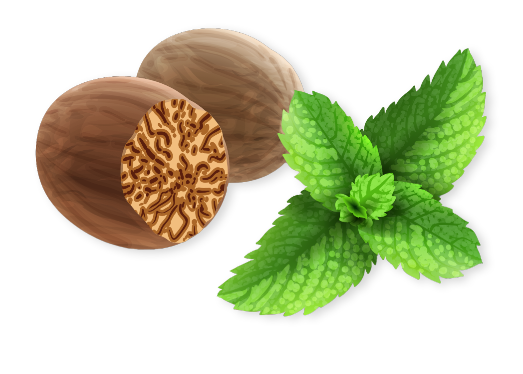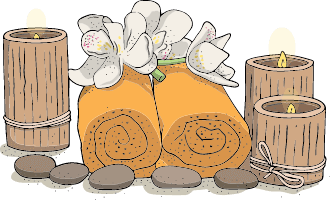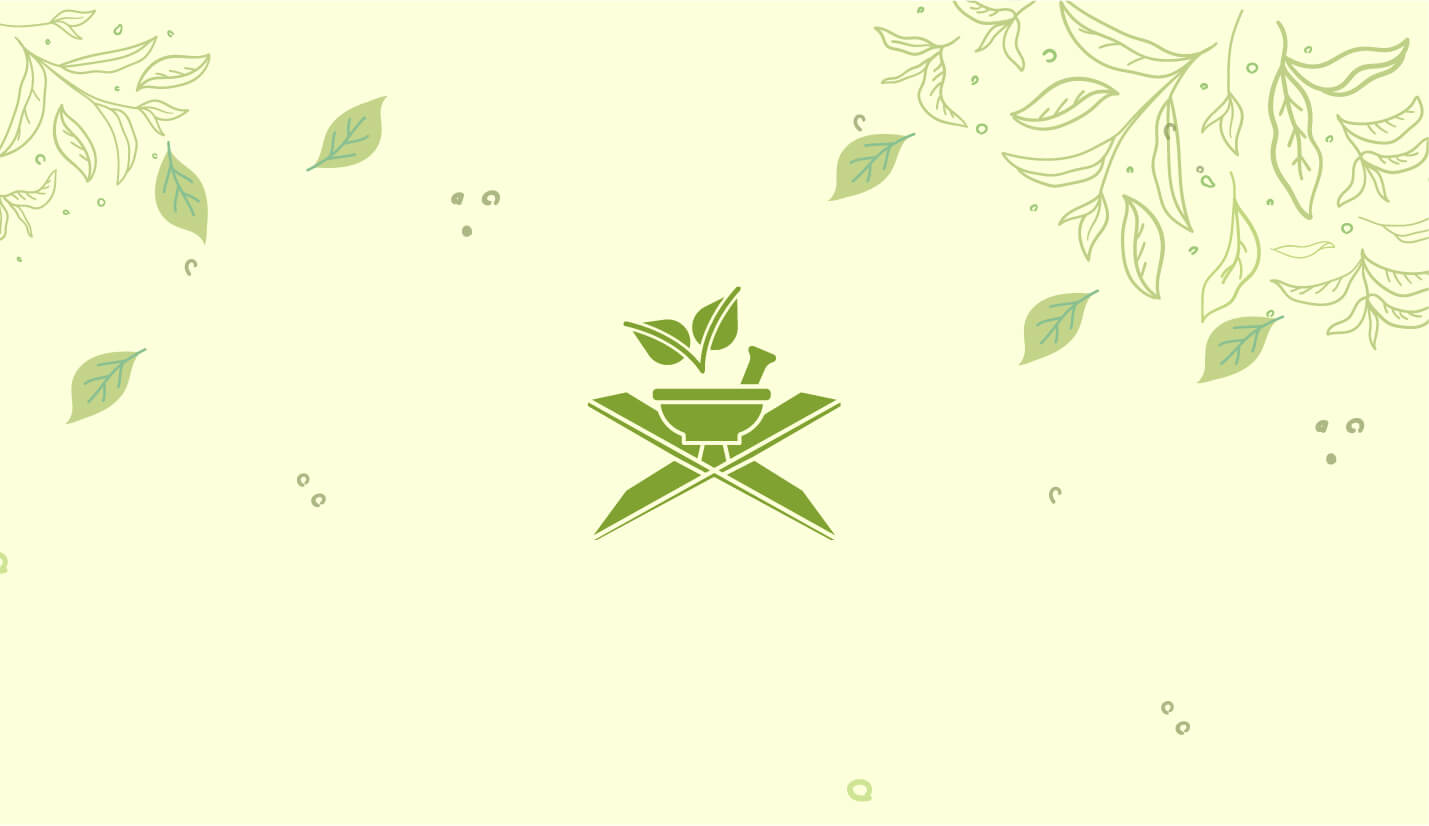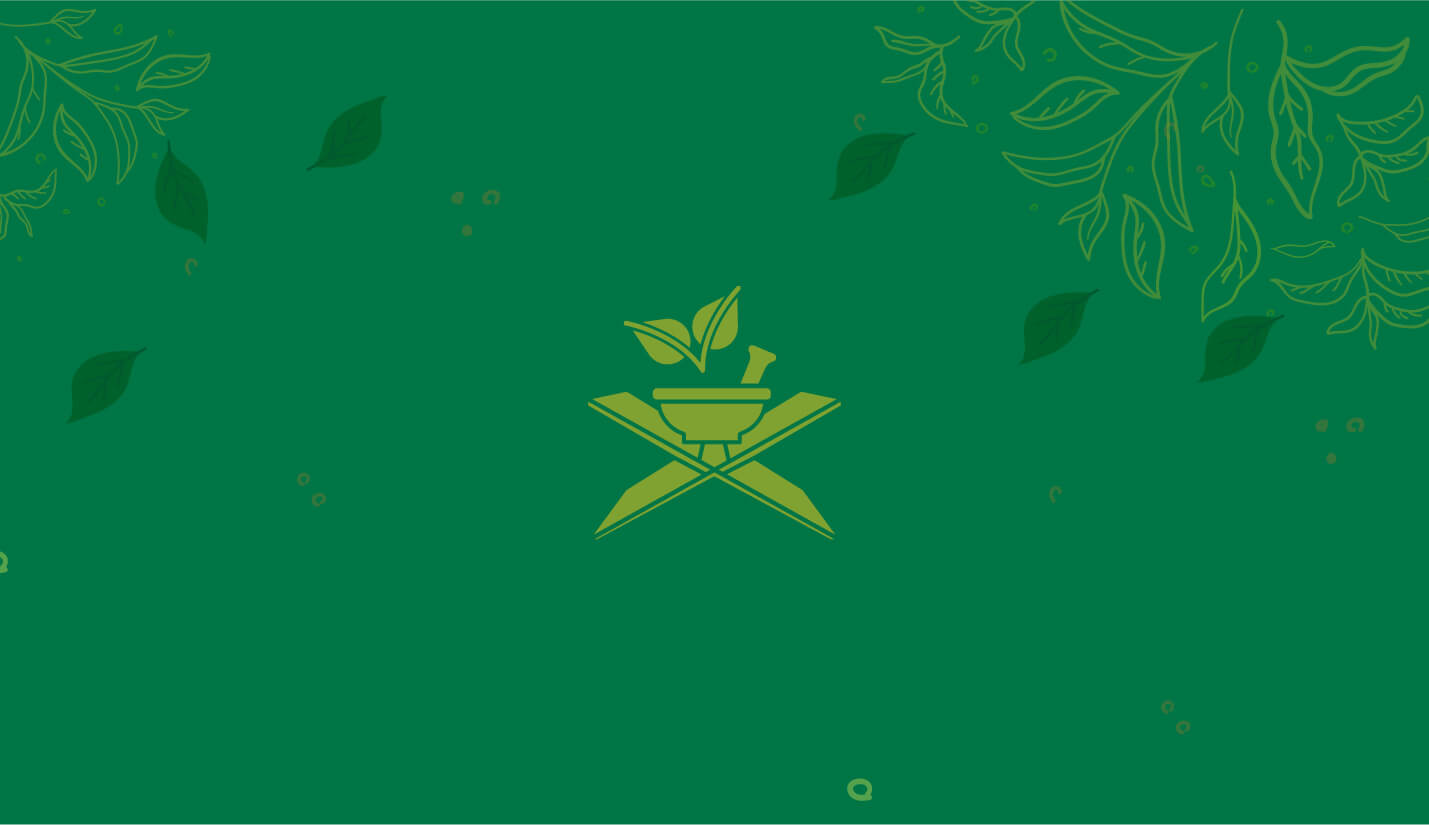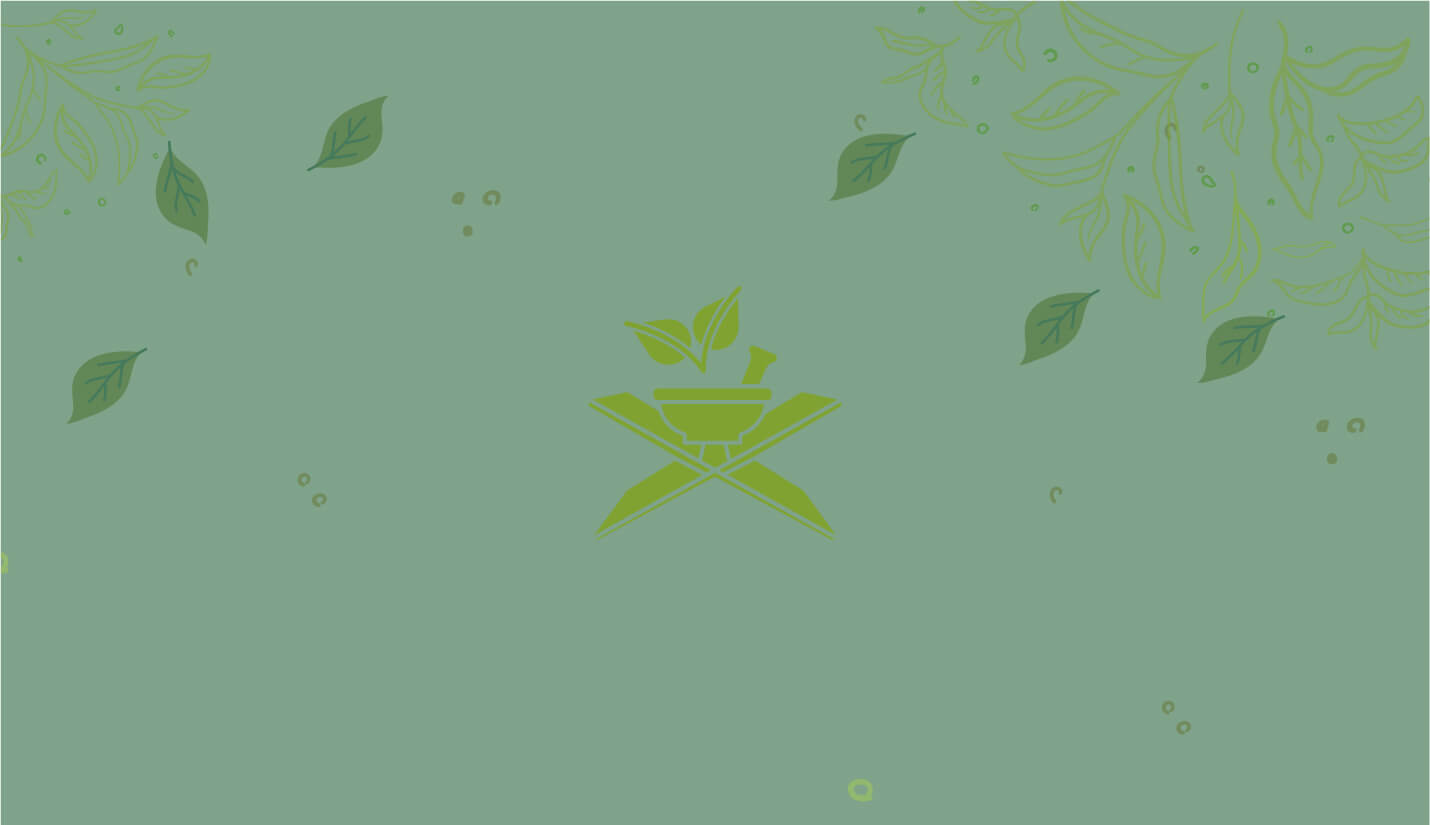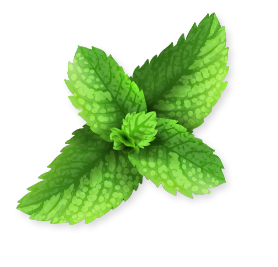Panchakarma for Osteoarthritis – Ayurvedic Route to Joint Health
Wednesday, July 5, 2023Osteoarthritis (OA) is a chronic degenerative joint disease characterized by the breakdown of cartilage, causing pain, stiffness, and reduced mobility. Often seen as a ‘wear and tear’ disease, it commonly affects the hands, knees, hips, and spine.
Panchakarma, a five-fold therapy, is one of the core practices in Ayurveda. It involves a systematic procedure for detoxification and rejuvenation, aimed at bringing harmony among the three fundamental bio-elements or doshas (Vata, Pitta, and Kapha).
The Role of Panchakarma in Osteoarthritis Treatment
In Ayurveda, osteoarthritis is correlated with ‘Sandhigata Vata’, a Vata disorder affecting the joints. Panchakarma therapy plays a crucial role in managing osteoarthritis by:
- Eliminating toxins: Panchakarma detoxifies the body, removing toxins that cause Vata imbalance and joint inflammation.
- Reducing inflammation and pain: Specific therapies of Panchakarma, such as Snehan (oil massage) and Swedan (fomentation), reduce inflammation, thereby alleviating pain.
- Rejuvenating joint health: Treatments like Basti (enema) help in rejuvenating the health of the affected joints by enhancing metabolism and nutrient absorption.
A Look into the Panchakarma Process for Osteoarthritis
The Panchakarma treatment protocol comprises three stages: Purvakarma (preparatory phase), Pradhankarma (main treatments), and Paschatkarma (post-treatment phase).
1. Purvakarma:
This preparatory phase involves two processes:
- Snehana (Oleation): The patient is given medicated ghee or oil internally or externally, depending on their condition.
- Swedana (Sudation): The body is subjected to sweating using various methods to loosen the toxins.
2. Pradhankarma:
This phase includes five main procedures:
- Vamana (Emesis): Administered to individuals with high Kapha dosha.
- Virechana (Purgation): Used to cleanse the body, particularly the gastrointestinal tract.
- Basti (Enema): The primary treatment for Vata disorders, Basti helps restore balance and enhance joint health.
- Nasya (Nasal Administration): Herbal oils or powders are administered through the nostrils to cleanse accumulated doshas from the head and neck region.
- Raktamokshana (Bloodletting): Rarely used in the case of osteoarthritis.
3. Paschatkarma:
Post-treatment, the body is slowly returned to a normal diet and daily routine. Herbal remedies are prescribed for rejuvenation and strengthening of the joints.
Ayurveda and Panchakarma: A Holistic Approach to Osteoarthritis
Ayurveda seeks to achieve a harmonious balance between the body, mind, and spirit. In this context, Panchakarma provides a holistic treatment strategy for osteoarthritis. It not only relieves pain and inflammation but also addresses the root cause of the disease – imbalance of the doshas.
The treatment protocol is tailored to each individual’s unique constitution and health status. This personalized approach ensures that the therapy addresses the specific needs of the patient, leading to more effective management of osteoarthritis.
The efficacy of Panchakarma for osteoarthritis is influenced by factors such as the severity of the disease, the patient’s overall health, and their adherence to the therapeutic regimen. Consulting with a qualified Ayurvedic practitioner is always recommended to devise an appropriate treatment plan.
You can write to us.
BOOK APPOINTMENT
